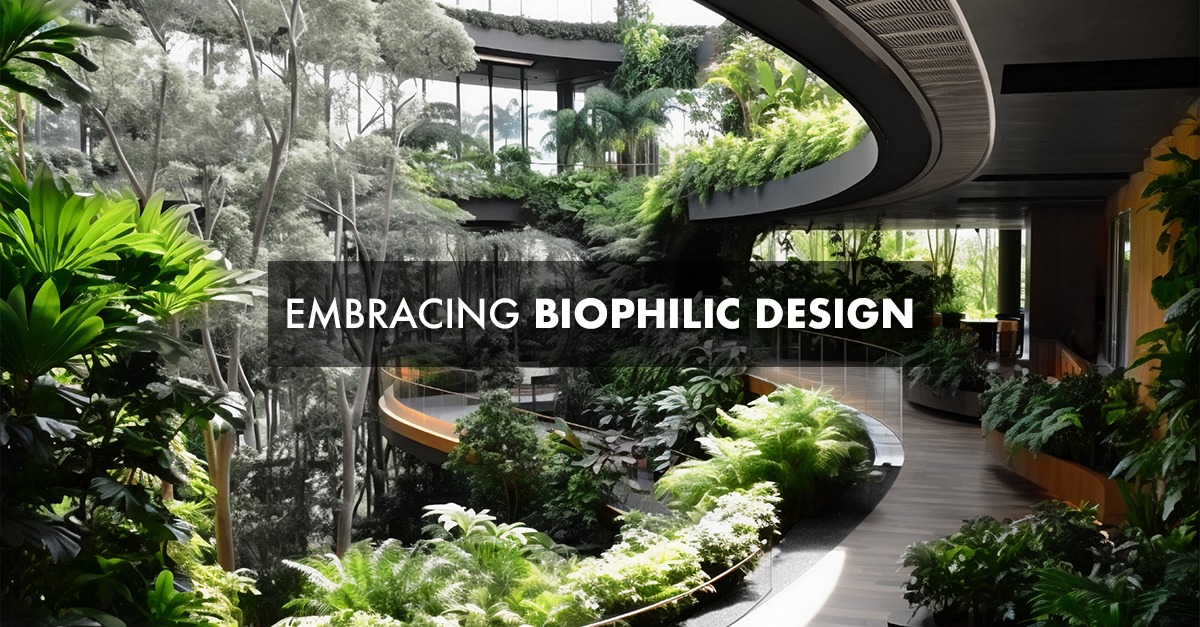Embracing Biophilic Design
Connecting with Nature Indoors
In today’s fast-paced and urbanized world, the need to reconnect with nature has become increasingly important. Biophilic design is an innovative approach that aims to incorporate elements of nature into our built environments. By integrating natural elements, patterns, and materials, biophilic design enhances our well-being and creates a more harmonious and productive indoor space. Let’s explore the concept of biophilic design and its benefits.
Biophilic design recognizes that humans have an innate connection to nature. It seeks to bring elements of the natural world indoors to create a more nurturing and calming environment. Incorporating natural materials such as wood, stone, and plants helps to establish this connection. Adding live plants not only improves indoor air quality but also enhances visual appeal and reduces stress levels.
Natural light is a vital element of biophilic design.
Maximizing access to daylight through large windows, skylights, and light wells can have a positive impact on our mood, productivity, and overall well-being. Sunlight provides us with essential Vitamin D and helps regulate our circadian rhythm, promoting better sleep patterns.
Views of nature, whether it’s a garden, park, or even a simple courtyard, have been shown to reduce stress and increase feelings of relaxation. If a natural view is not readily available, consider incorporating nature-inspired artwork, murals, or photographs to evoke a sense of being immersed in nature.
The use of organic and biomorphic shapes and patterns can also create a sense of connection to nature. Curved lines, flowing shapes, and patterns reminiscent of leaves or waves can be introduced through furniture, textiles, and artwork. These elements bring a soothing and organic feel to the space.
Water features, such as fountains or indoor ponds, can add a sense of tranquility and mimic the calming effect of natural water bodies. The sound of flowing water can help mask noise pollution and create a more serene environment.
Biophilic design is not limited to residential spaces but can be applied to offices, healthcare facilities, and public spaces. By incorporating elements of nature into these environments, productivity, creativity, and overall well-being can be enhanced. Studies have shown that biophilic design can improve cognitive function, reduce absenteeism, and increase satisfaction among occupants.
In conclusion, biophilic design offers a holistic approach to interior design by reconnecting us with nature in our built environments. By incorporating natural materials, maximizing natural light, providing views of nature, and incorporating organic shapes and patterns, we can create indoor spaces that promote well-being, productivity, and a sense of harmony with the natural world.
You can follow us on Social media Facebook, instagram and Linkedin













